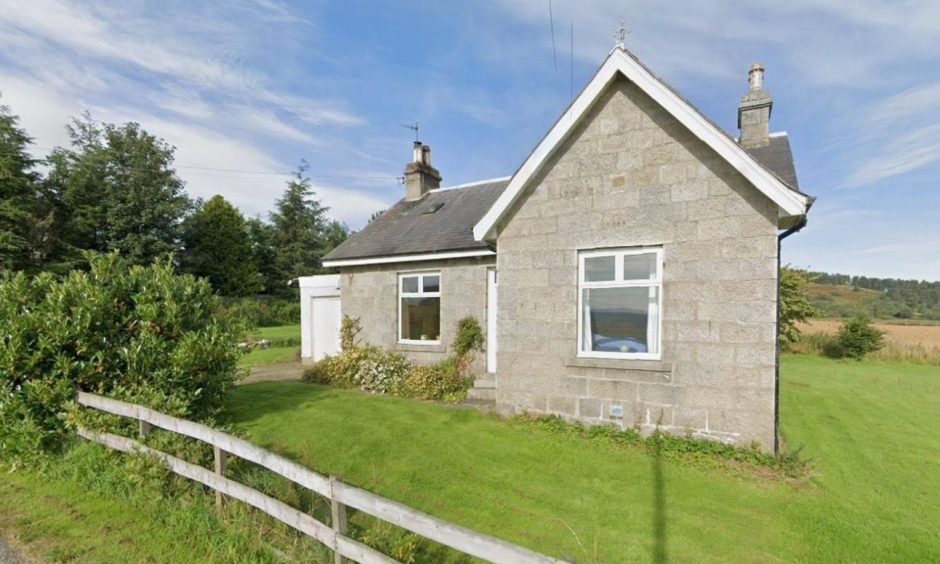
A Victorian station master’s house at Cairnie Junction near Huntly has gone on the market for offers over £195,000.
The traditional two-bedroomed cottage, is one of the only hints there was ever a busy stop at Cairnie Junction.
It was reported in 1902 that it “formed a prominent feature in the view as the train comes from Aberdeen”.
While the Aberdeen-Inverness line remains, all traces of associated infrastructure has gone.
Like many rural stations across the north-east of Scotland, it was lost to the Beeching Report and closed in 1968.
It closed just 26 days shy of its 70th anniversary.
Cairnie Station opened on Aberdeen-Inverness mainline in 1898
Cairnie Junction Station opened on June 1 1898 as an ‘exchange station’, although the junction itself opened in 1886.
It had three lines – a double-track mainline from Aberdeen to Inverness and a branch line that peeled off to Portsoy.
With no proper access, it existed to allow passengers to change services.
Rather that having extensive station infrastructure, it had an island platform with a small station and a signal box.
A warning in 1902 read: “Unlike any other station, it must not be entered or left by road, only by rail.”
Any person doing so would be prosecuted for trespass.
Although those living nearby relentlessly demanded to have a booking station at Cairnie Junction in the early 20th Century.
Instead they had to catch a train at nearby Grange.
Secluded station master’s house has views over open countryside
But Cairnie was always intended to be an exchange facilitating the movement of trains between Aberdeen, Inverness, the glen (Dufftown) and the coast.
It perhaps explains why the station master’s house is located a short distance from the junction.
The attractive granite bungalow dates to around 1900 and is of traditional granite construction, although it has been modernised over the years.
Set in a large plot with extensive lawn, fruit trees, and a traditional outbuilding, it commands views of the open countryside as far as the eye can see.
Off the entrance hallway is a spacious, dual-aspect lounge with a wood-burning stove set in a traditional fireplace.
From the lounge there is access to the loft which is floored has power and skylight windows.
The kitchen, which has a pantry, also has plenty of space for a dining table.
A period, lean-to conservatory to the rear is accessed from the kitchen; its construction is reminiscent of old railway buildings.
Meanwhile, a large double bedroom to the front enjoys pastoral views over surrounding fields.
And a further double bedroom, also has two alcoves, one for books, the other with hooks.
The internal accommodation is completed with a shower room.
Succession of station masters who called Cairnie Junction cottage home
After a succession of station masters and subsequent owners after its railway days, the house ready to pass to its next custodian.
The first station master to live there was Robert Taylor, who was described as “extremely kind and courteous”.
A religious man, he held monthly gospel meetings in the station waiting hall.
Mr Taylor stayed at Cairnie Junction station master’s house until 1902 when he was transferred to the busy Schoolhill Station in Aberdeen.
James Dawson replaced him and stayed until 1907 when he was then promoted to Tillynaught Station.
From 1907, Carnie Junction station master was William Gordon, a kindly man, who held the tenure until 1918.
He was succeeded by James Watson, who left his post at Port Elphinstone for Cairnie Junction.
Its unknown who succeeded him, but by the 1950s changes were afoot.
Station earmarked for closure in Beeching Report
The reduction in services in Moray started nearly a decade before Dr Beeching put pen to paper.
In 1954, British Rail’s winter timetable saw a removal of direct services to the coast, instead passengers had to change at Cairnie Junction.
But in due course, the station was indeed lost as part of the Beeching Report, which proposed swingeing cuts in the north-east.
In March 1966, it was announced it would close to passenger traffic along with Kittybrewster, Pitcaple, Oyne, Kennethmont, Gartly, Rothiemay and Grange Stations.
Dyce, Insch and Inverurie, which were all earmarked for closure, were spared.
But the Cairnie Junction closure also saw the removal of the branch lines to Portsoy and Banff, Elgin via Dufftown, and Elgin via Buckie.
‘Station closure would cut county lifelines’
And the following year, further cuts were announced by Minister of Transport Barbara Castle, leaving just one passenger station in historic Banffshire – at Keith.
The constituency MP at the time, Wilfred Baker, said: “The county’s lifelines will be cut.”
He argued that development in that part of Moray would curtailed, because “industrialists” wanted railway services.
But his protest was futile, the station itself had closed on May 6 1968, and soon the junction was stripped of unwanted bridges, sleepers, rails and signals.
Any infrastructure left behind was described as “an unpleasant memorial to a railway which served the seaside communities so well in the past, and which appears to have no future”.
The station master’s house was sold alongside the two neighbouring railway villas at Cairnie Junction in 1974.
Calls to restore Cairnie Junction in 1970s
In February 1976, a public transport pressure group included Cairnie Junction in a list of rail infrastructure they felt should be preserved.
The Scottish Association for Public Transport urged the then Grampian Regional Council to place greater emphasis on the development of rail services in its transport policy.
The wanted to see “oil-related funds” being used for rail as well as road improvement, particularly in the restoration of freight services to Peterhead.
It had calculated that by used second-hand track, this could be done for £500,000.
The campaigners also hoped to see the double track restored between Aberdeen and Dyce, and the reintroduction of services on the Buchan line to Aberdeen.
They also felt it would be prudent to “keep options open” by “keeping intact” the track bed between Aberdeen and Banchory, and from Cairnie Junction to Portsoy.
But it was not to be, much of the trackbed between Cairnie Junction at the coast has been absorbed into fields.
And British Rail sold off land at Cairnie Junction extending to 1.9 acres in March 1989 for £1000, removing any chance of future restoration.
The property is being marketed by Stewart and Watson, details can be found here.
If you enjoyed this, you might like:
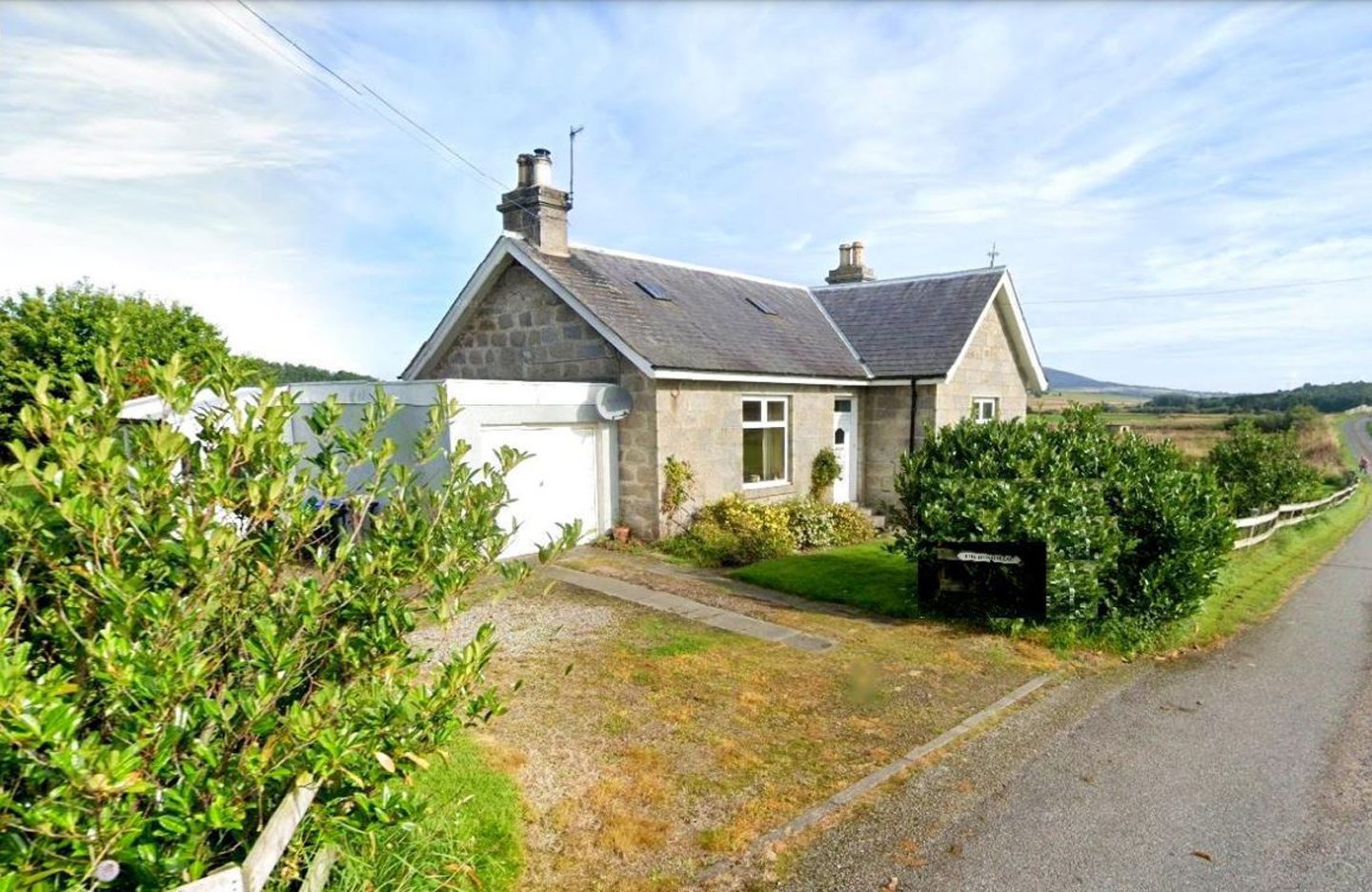
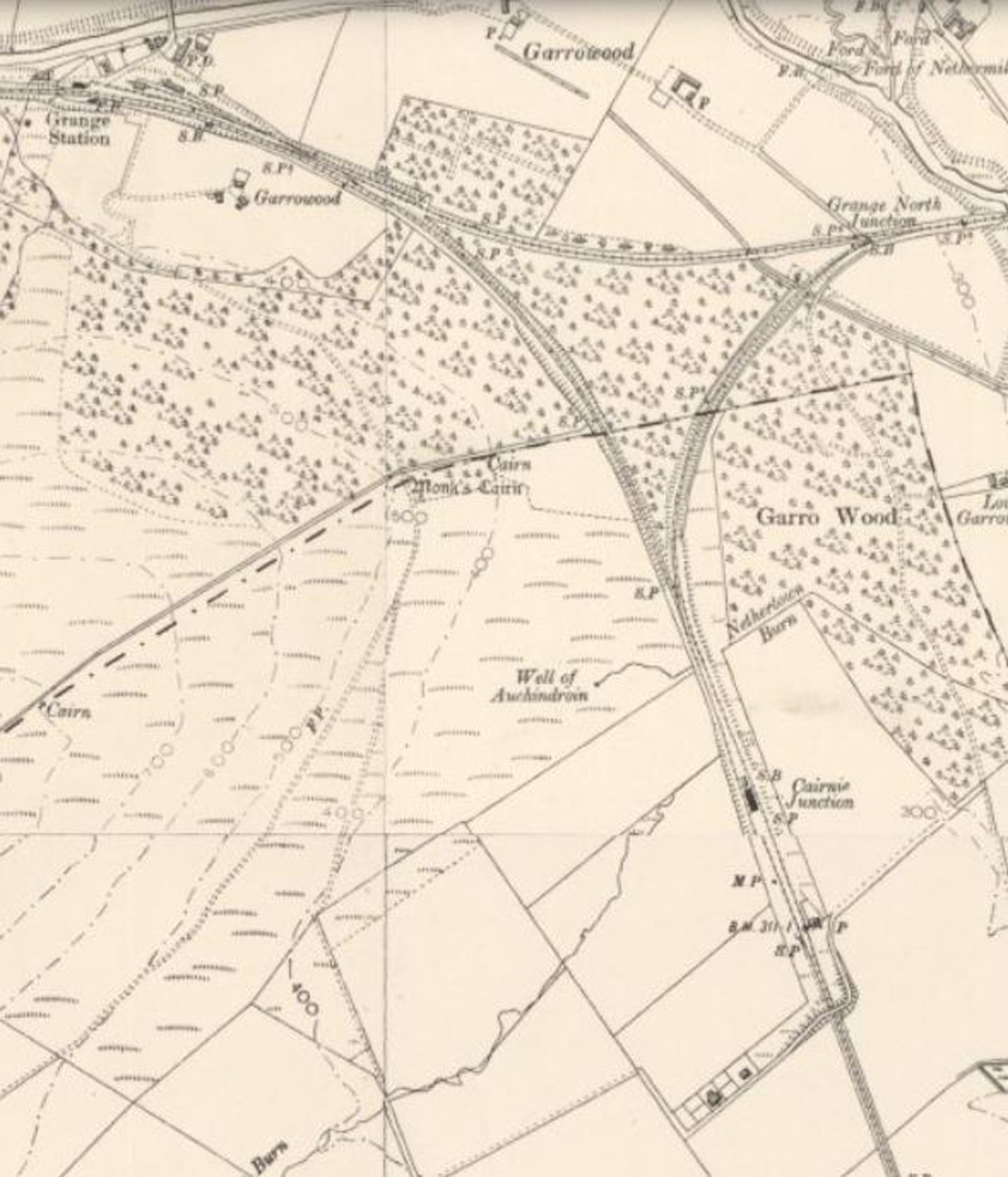
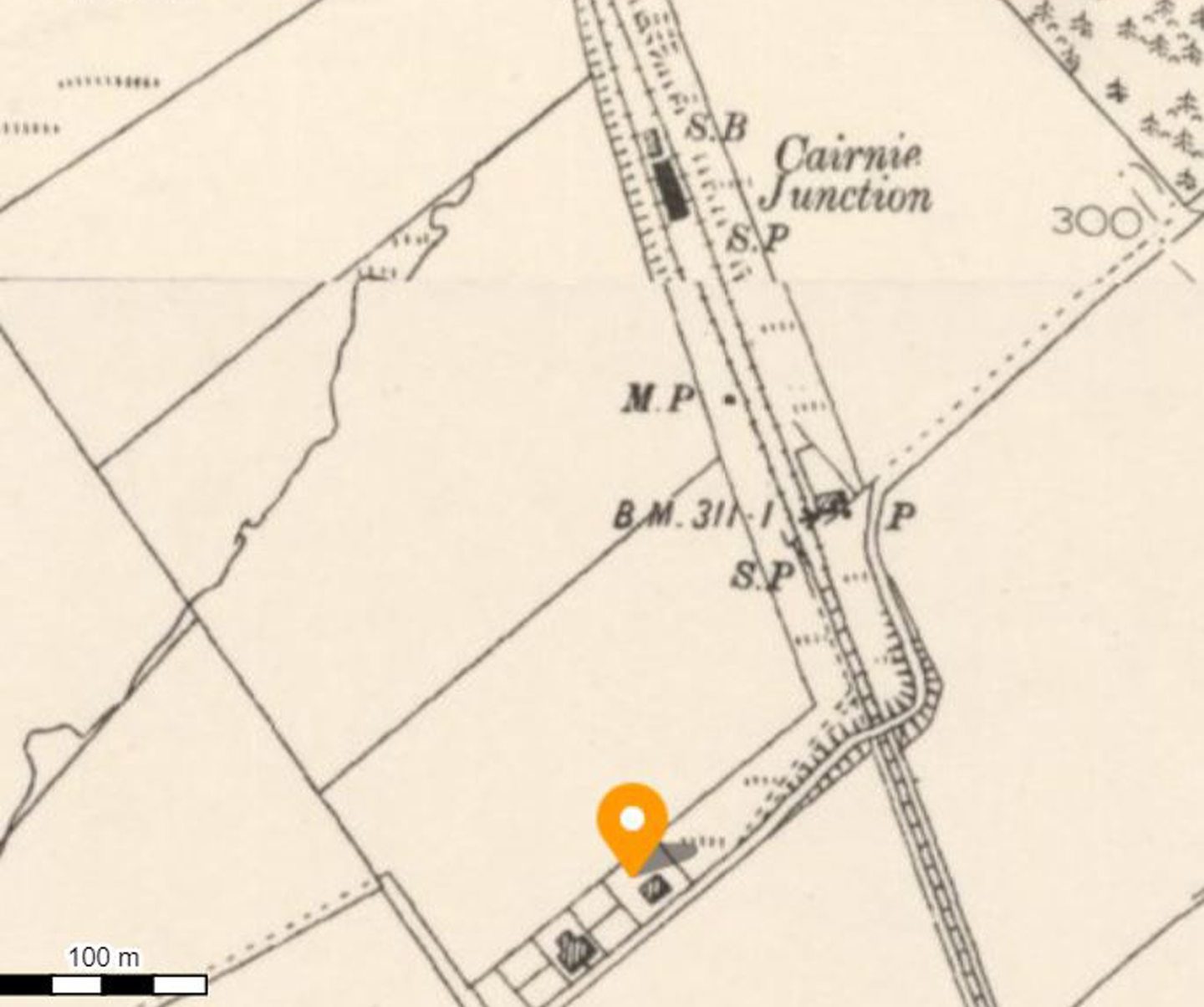
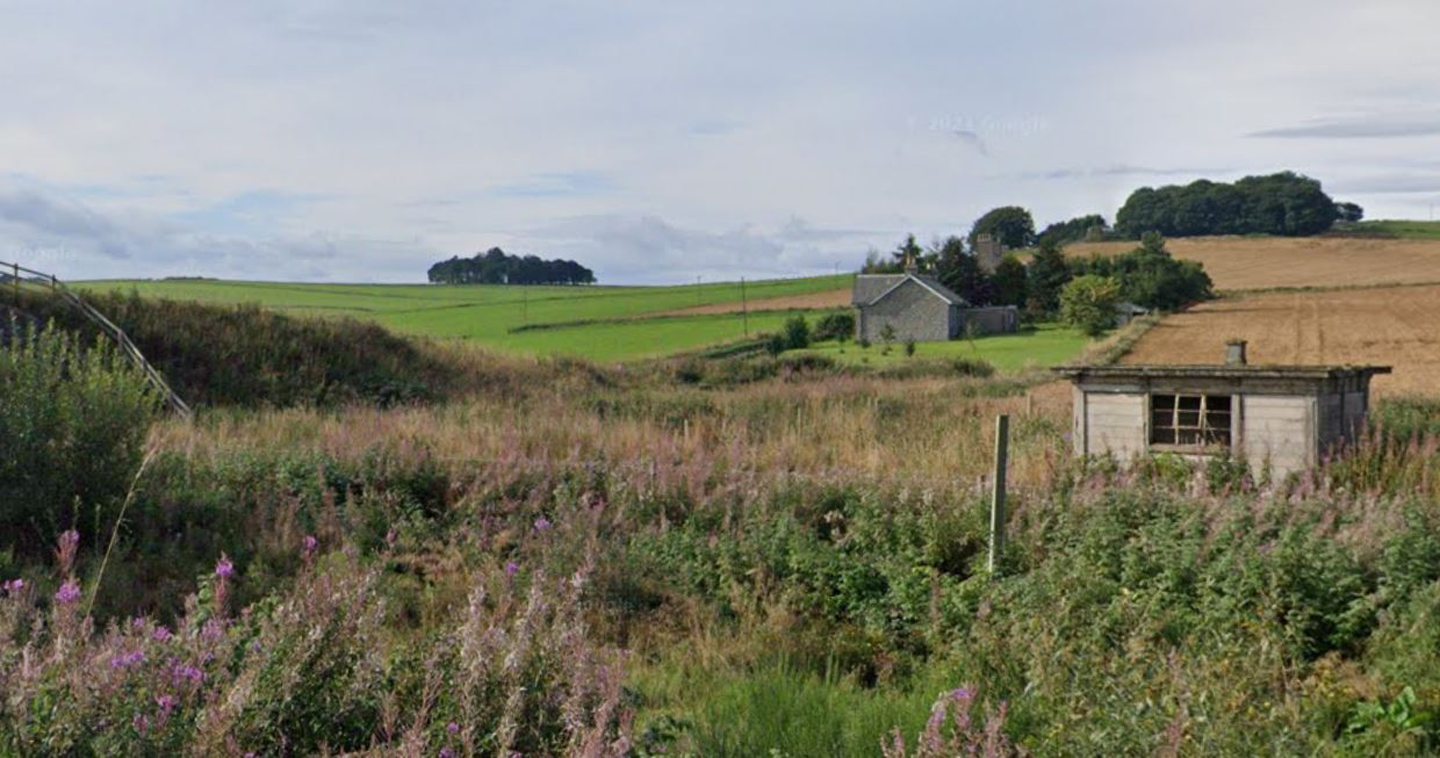
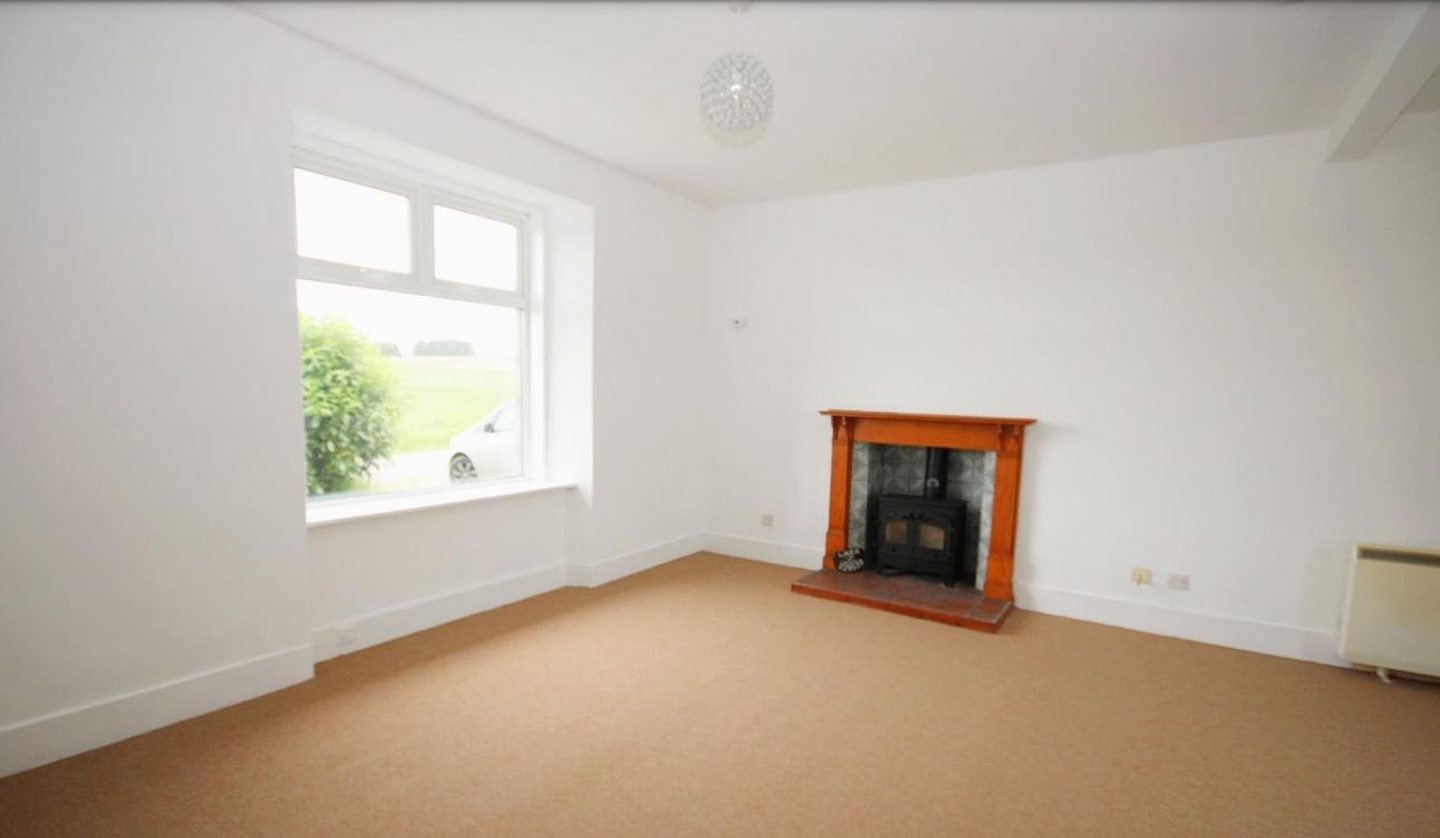
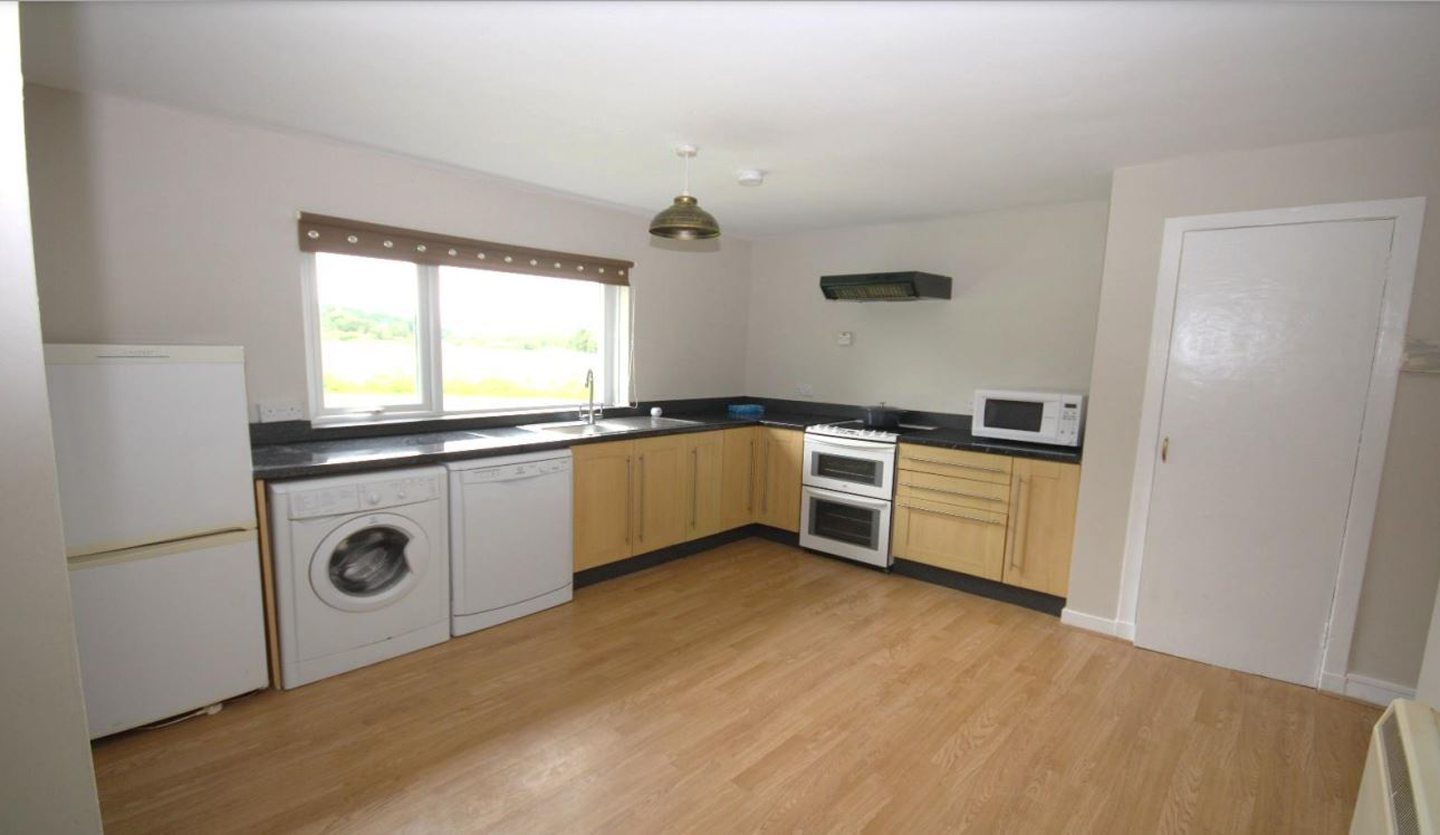
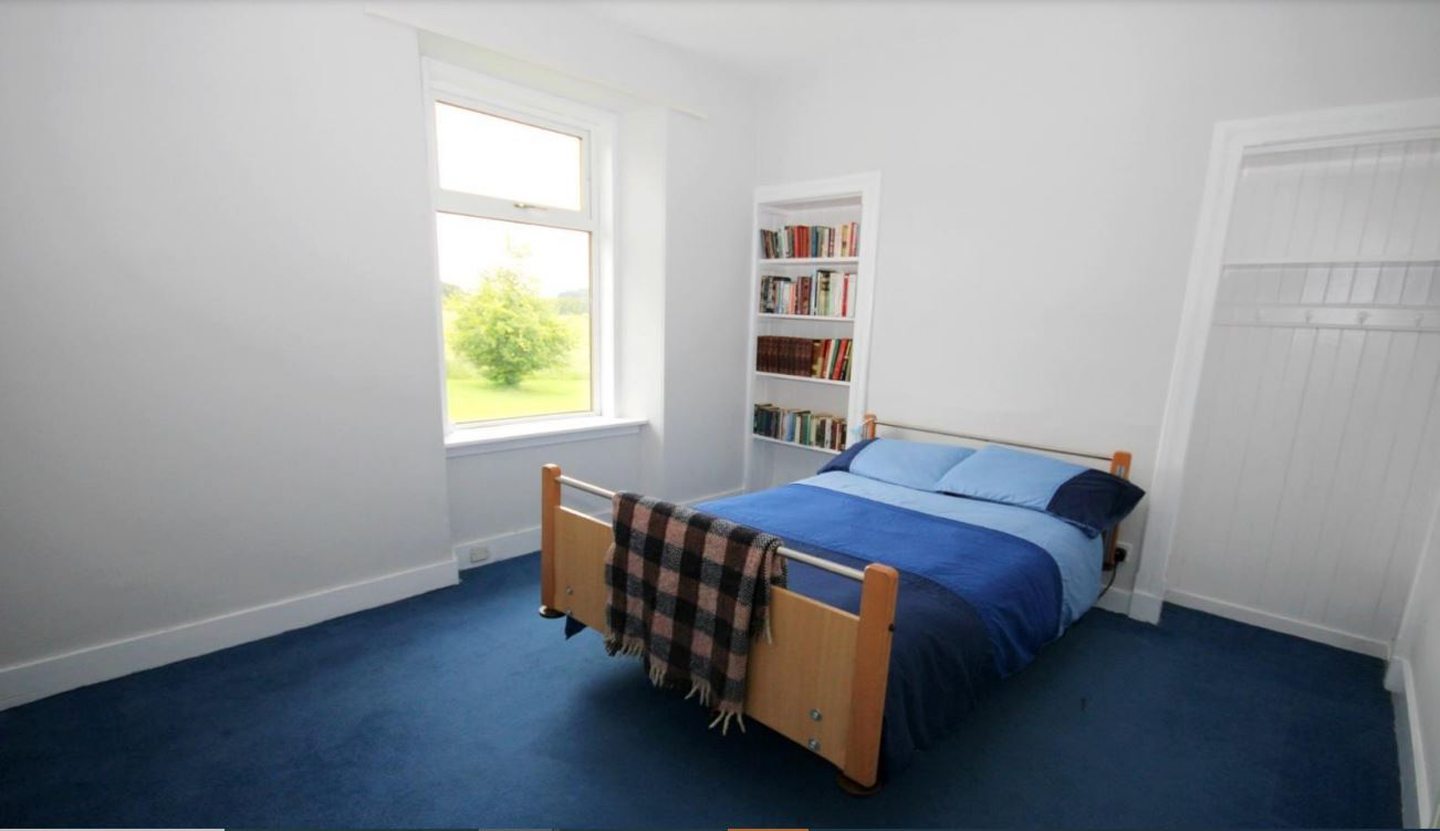
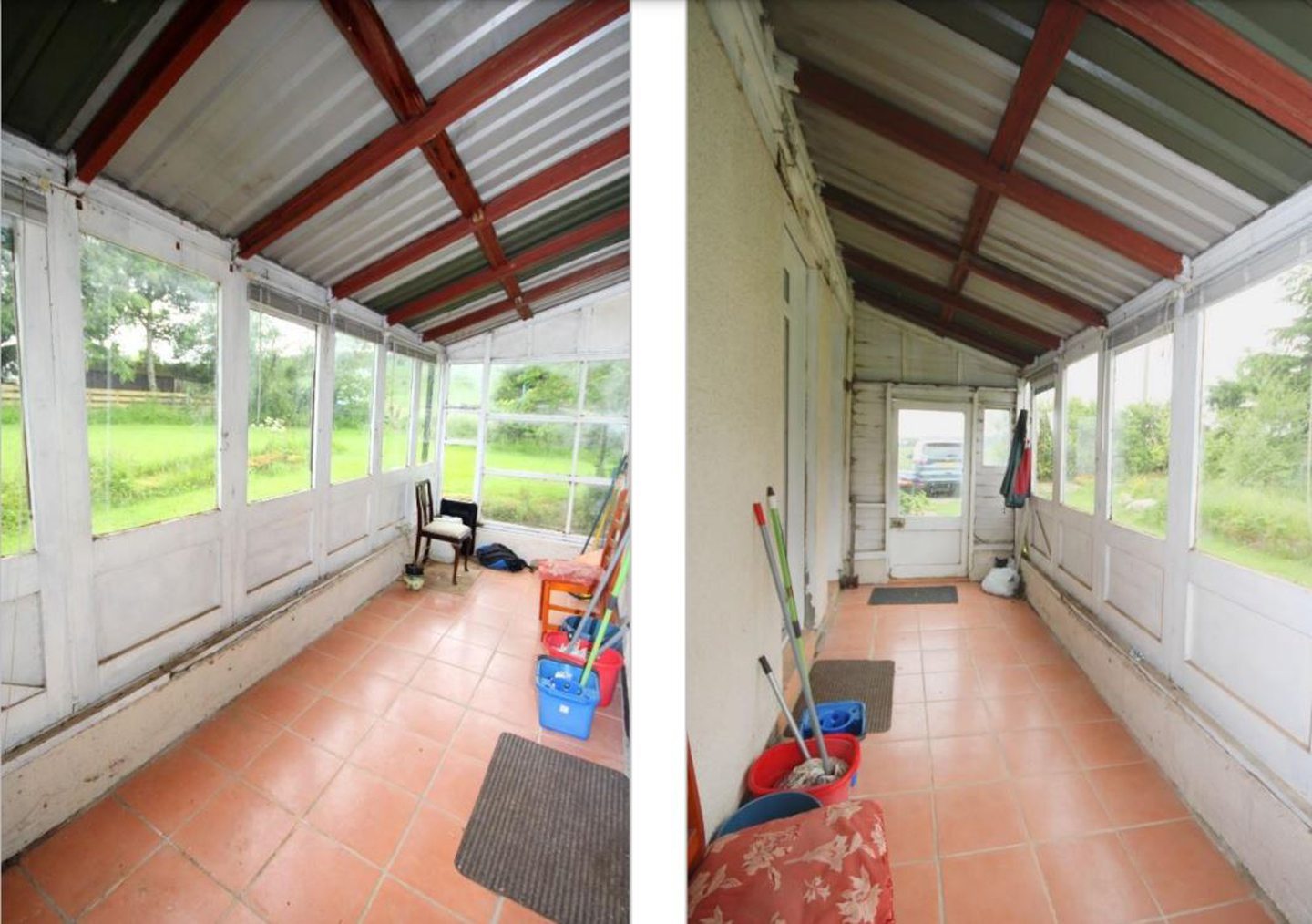
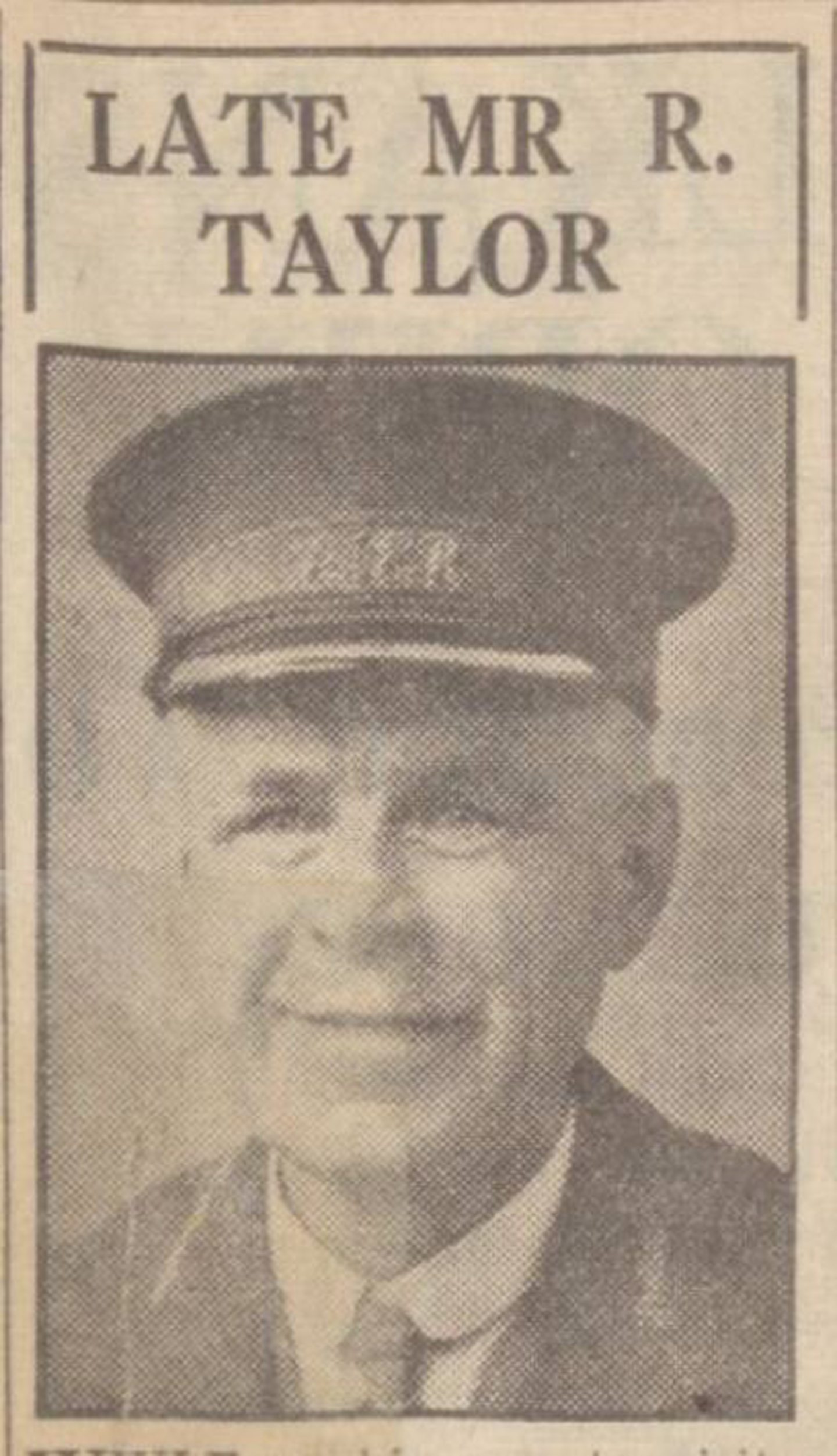
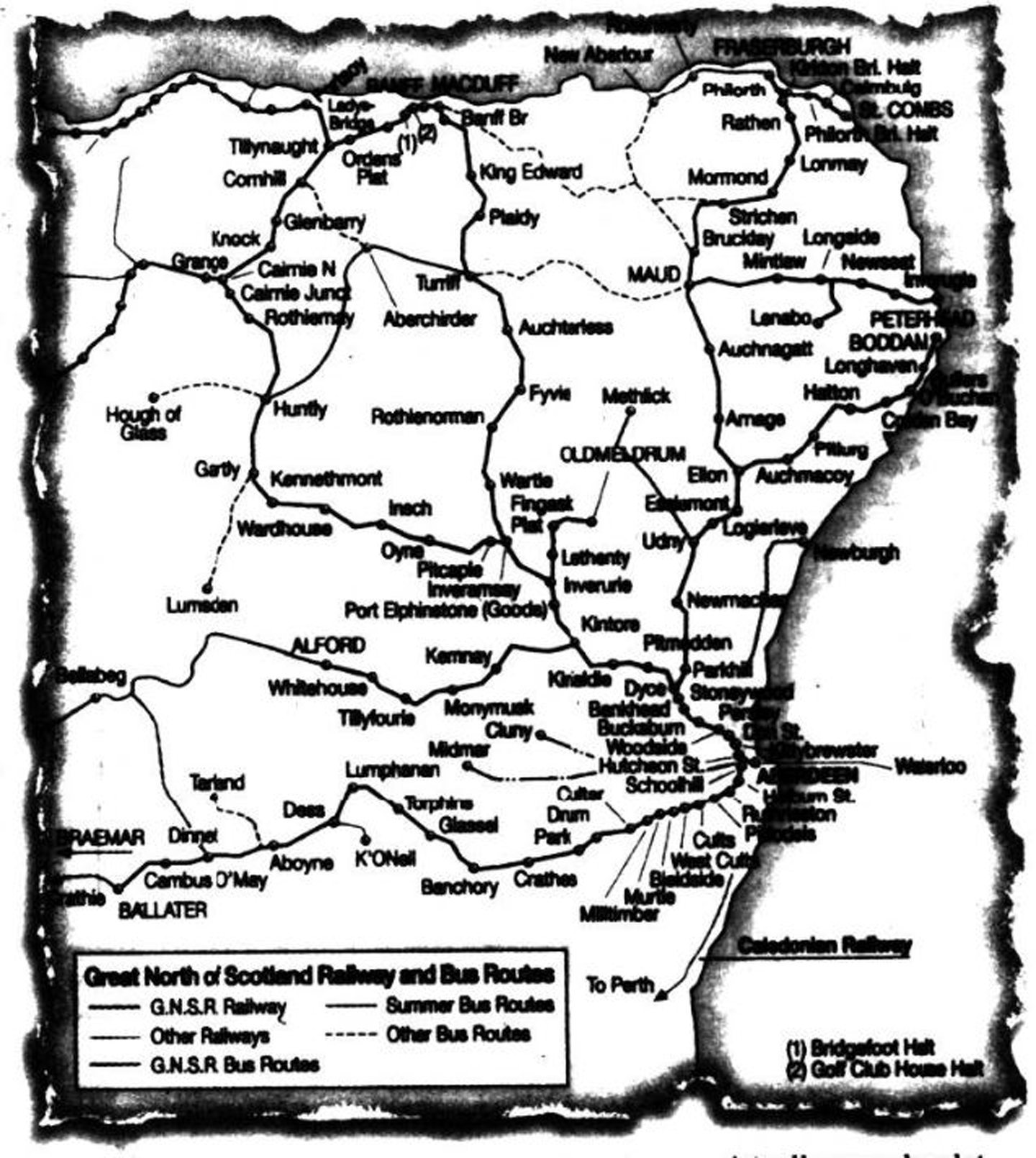
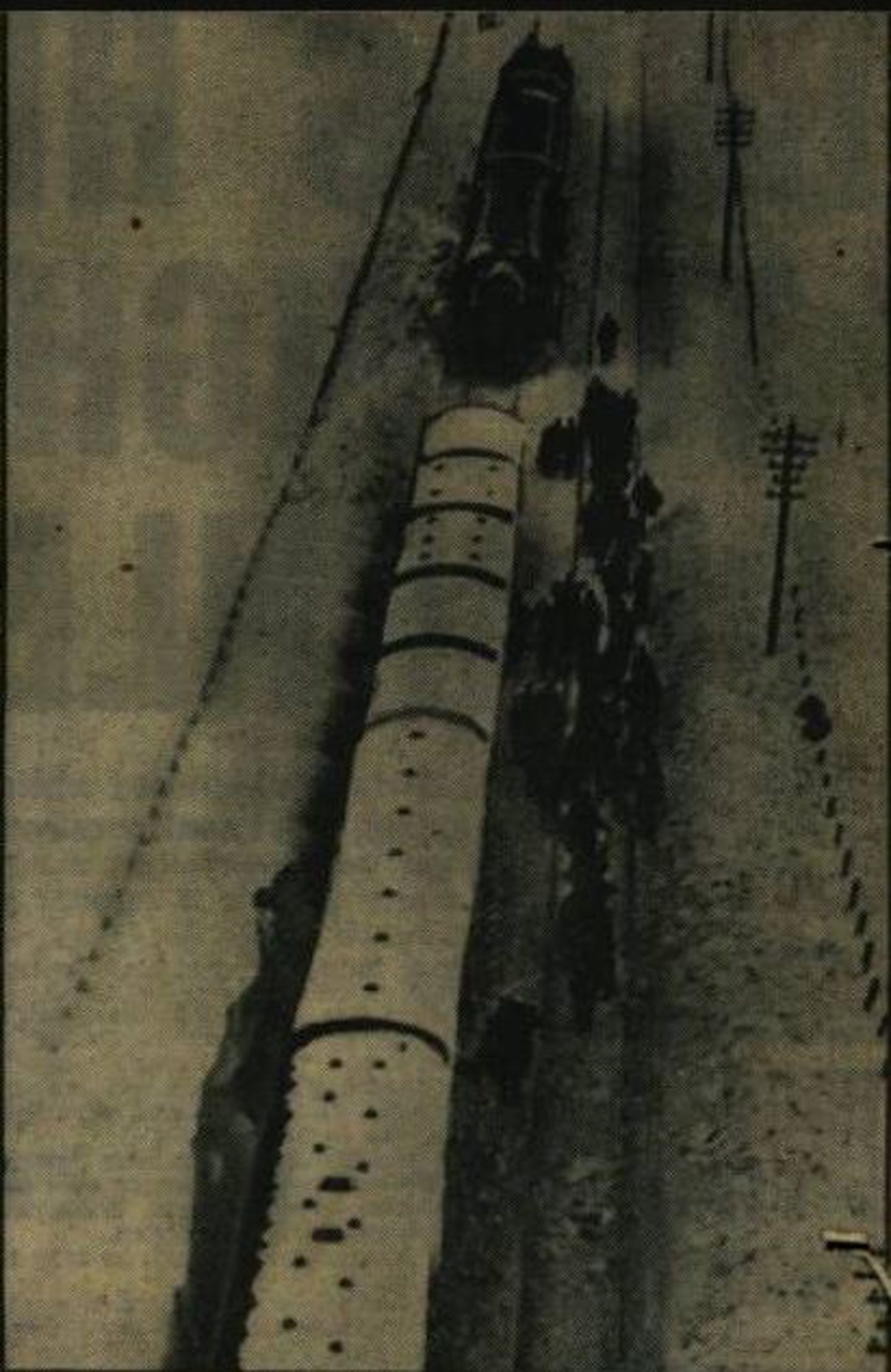
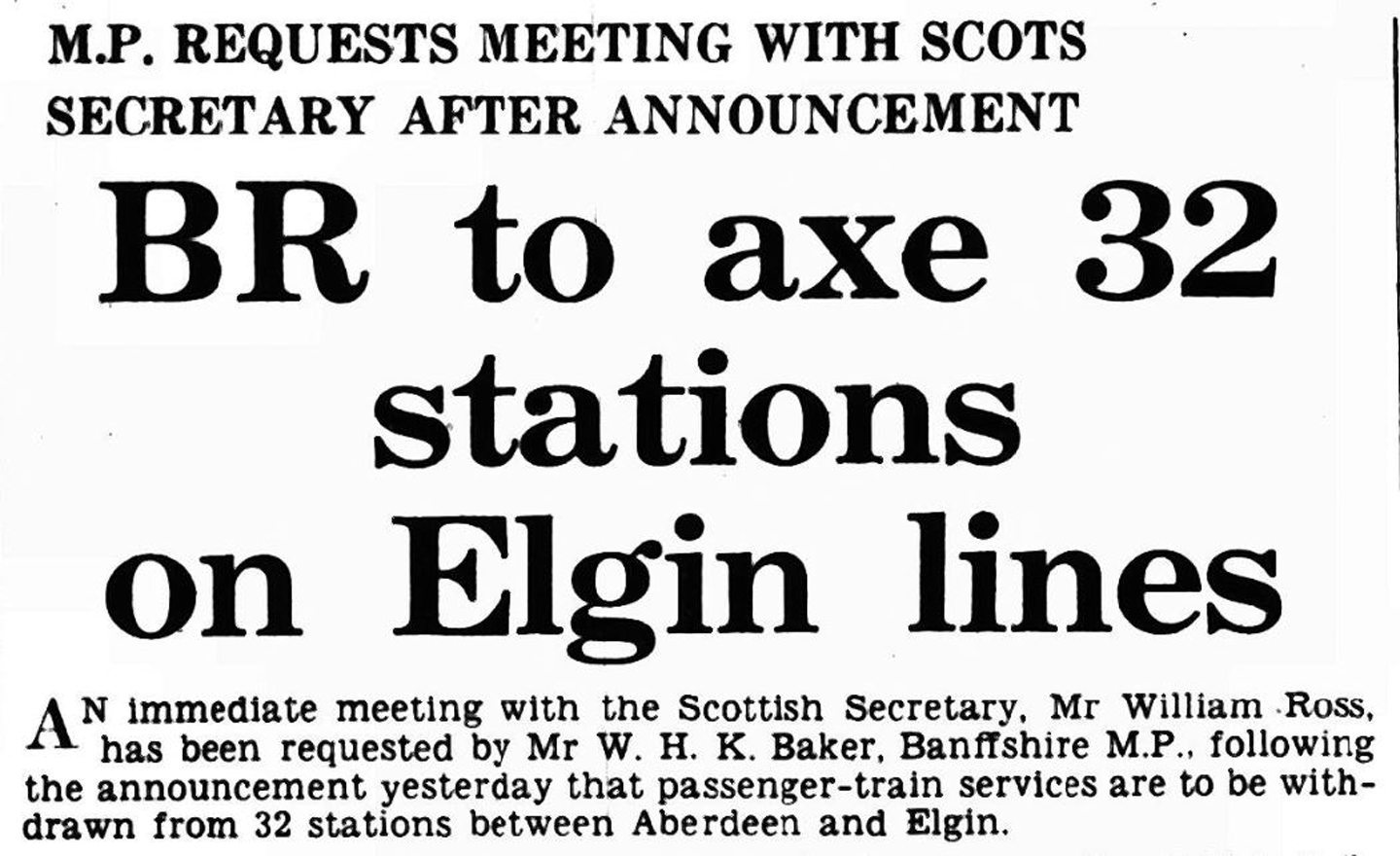
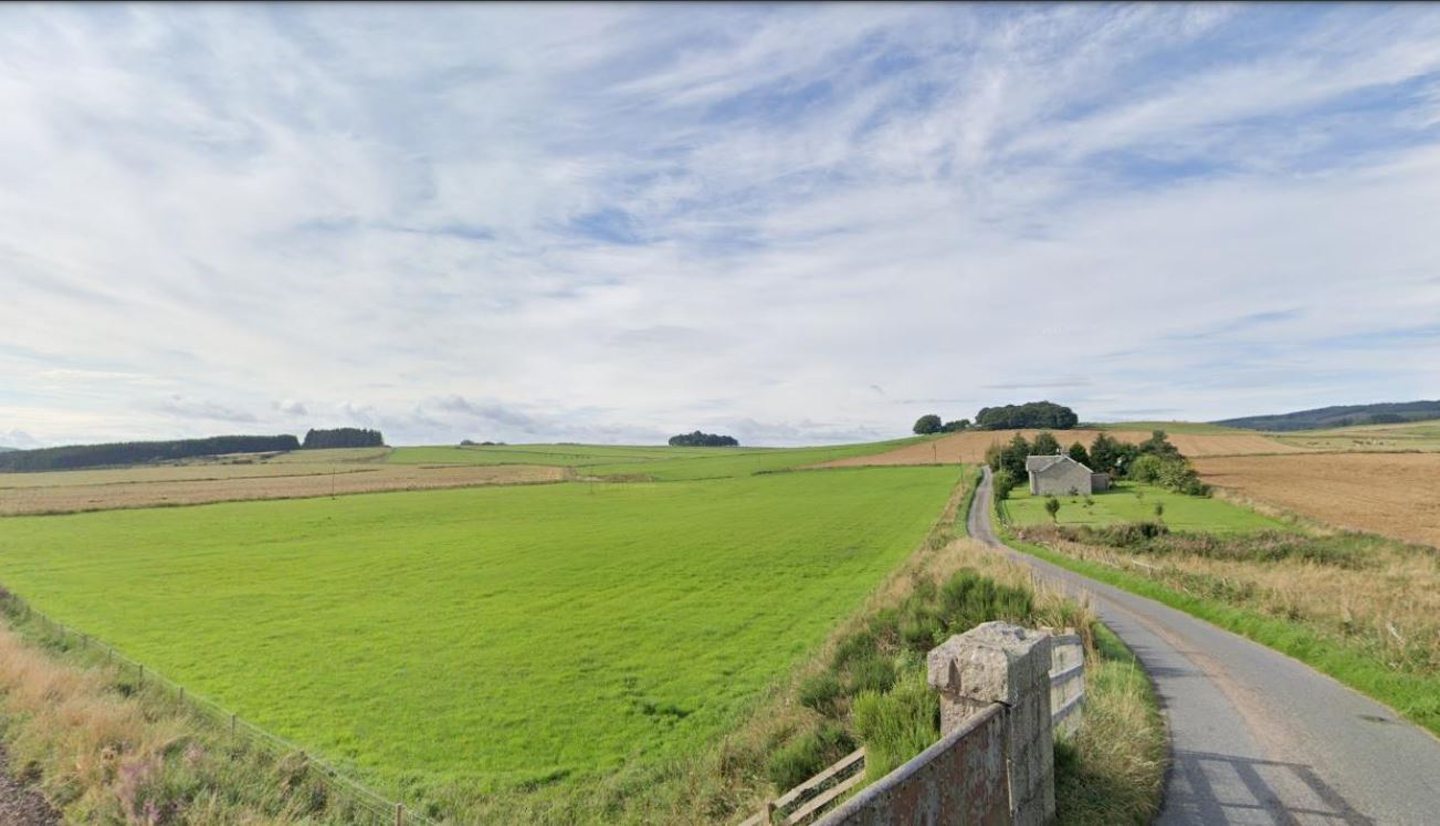
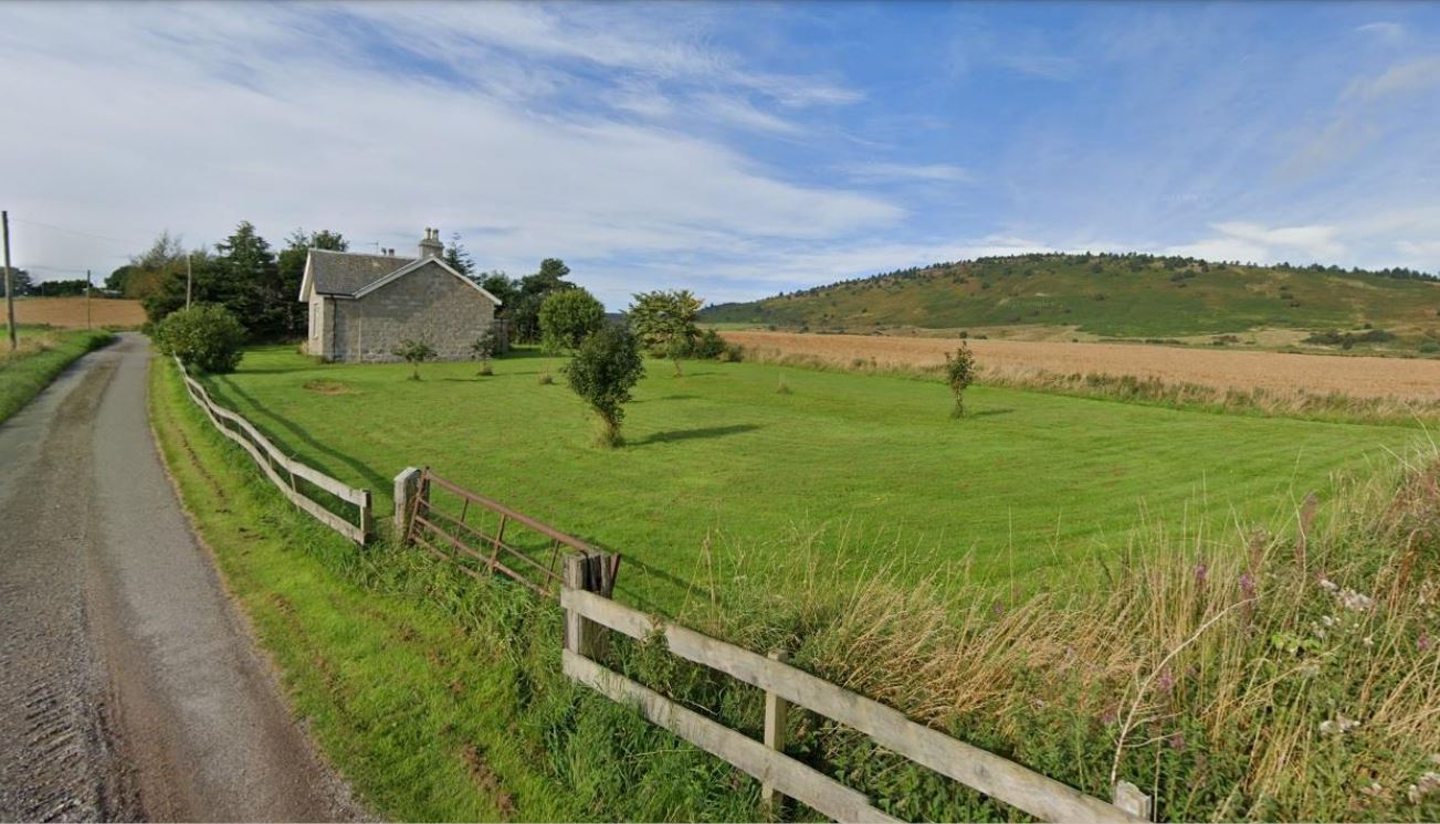
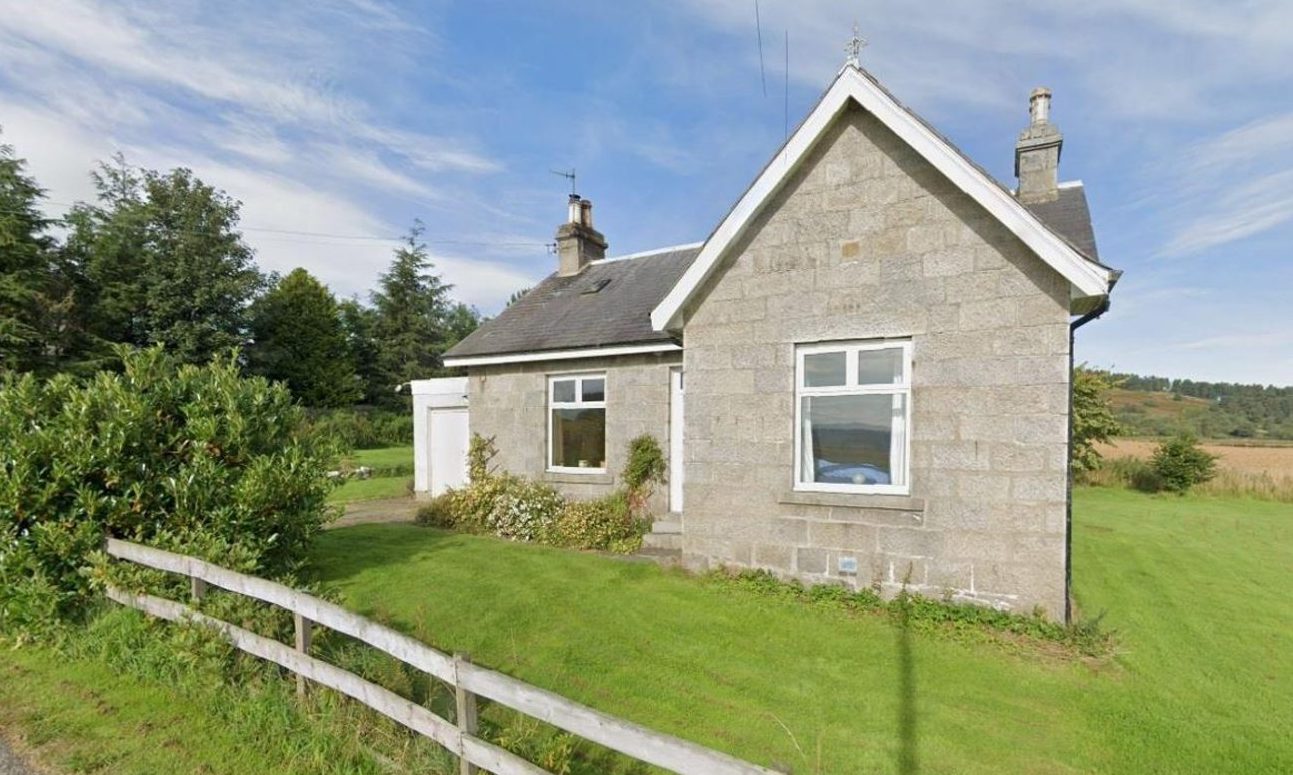
Conversation